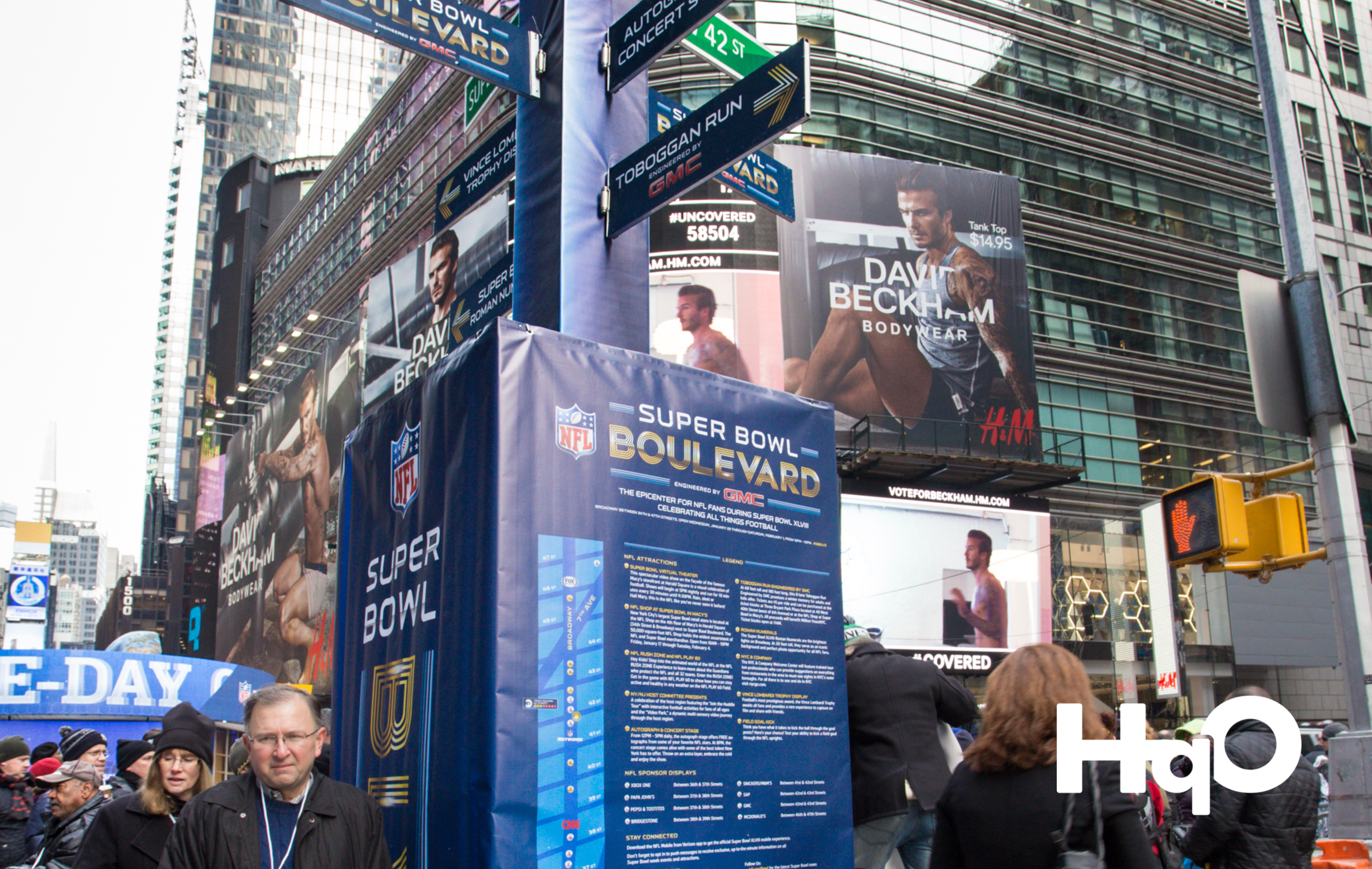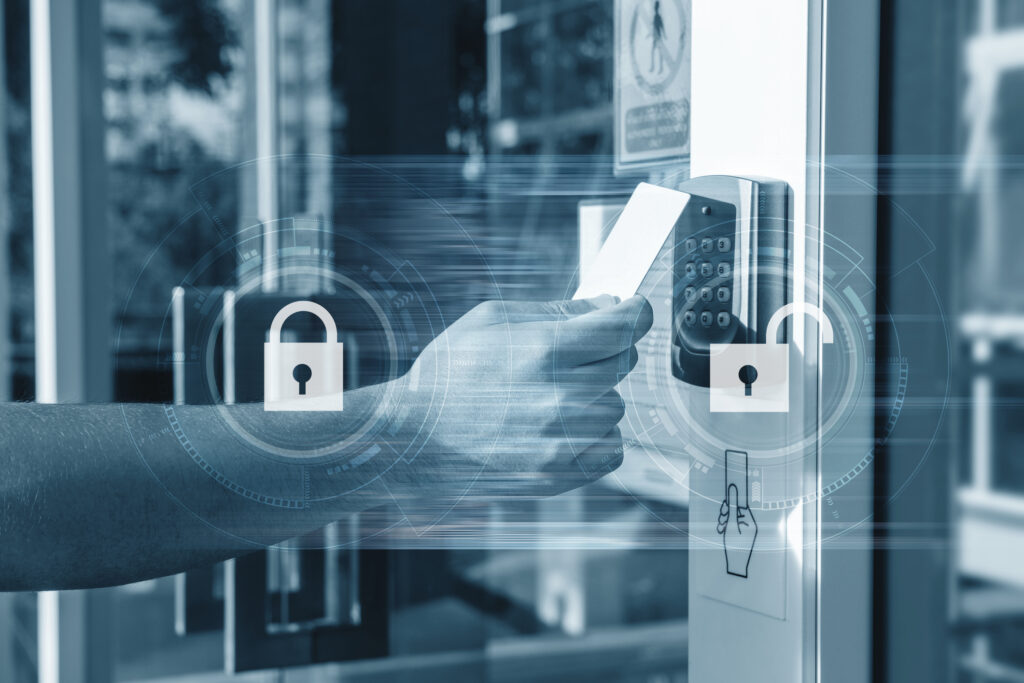According to USA Today, an estimated 1 million people attend one of the dozens of events that are held in the host city during the week leading up to Super Bowl Sunday. To meet the needs of this diverse horde requires a staff of approximately 14,000 people — an army of security and guest services providers, logistics experts, architects, bus drivers, hospitality workers, medical professionals, I.T. specialists, and media technicians, among many others. The vast majority of the personal interactions with all those fans, however, is delivered by the front-line staff to whom we entrust the essential mission of delivering or facilitating an exceptional experience with the least amount of inconvenience as they descend into town for the festivities. Nearly all of the front-line staff comprises of contractors, vendors, or local volunteers. Although I led the NFL’s event team for nearly a decade, I am reasonably sure that I physically encountered far fewer than even 0.01% of our Super Bowl guests in any given year. Furthermore, of the many thousands of teammates who wore a Super Bowl credential, only a few hundred carried an NFL business card. Most of my league teammates applied their specialized skills in areas well behind the scenes, rarely crossing paths with anyone from the ticket-buying public.
Fans navigating the crowds in unfamiliar surroundings frequently sought guidance and information, and their first approach was to anyone within range wearing a credential or name tag. They did not pause to consider the wearer’s job function or whether they were a league employee, contractor, vendor, or volunteer; nor did they care whether it was that individual’s first day on the job, or their 10th season of service. As far as those fans were concerned, the person wearing the credential worked for — or at the very least, represented — the National Football League. At that moment in time, when the accuracy and quality of their personal encounter counted the most, they were 100% right.
In most businesses, the actual point of customer service interaction — whether delivered live, on the phone, or digitally — is most often with the lowest paid, and frequently, the least trained and most under-appreciated, teammate on the company’s or contractor’s payroll. Regardless of how fervently corporate leadership might recognize and embrace the mission of providing high standards of customer service, office dwellers are not the most common point of delivery. Management must also ensure that their front line — from security guards, maintenance workers, and building engineers, to food service workers, concierges, and visiting third-party service providers — understands your building’s desired brand experience, shares your vision, is aware of your expectations, and is empowered to deliver on them. All front-line staff are seen by the tenants as a single team of property representatives, regardless of their job description, skill set, or from whom they draw a paycheck. To your tenants, each member of the team is a representative of the building brand, and the quality of each interaction either adds or subtracts from the overall building experience. In well-managed properties, each is entrusted, empowered, and expected to deliver a positive experience with the tenant, establishing a positive relationship on behalf of the building.
Providing timely, convenient access to helpful guidance and accurate information adds enormous value and is an essential cornerstone of the CRE tenant experience, whether delivered in person or virtually. Many properties and portfolios now offer robust digital engagement platforms in addition to well-trained staff to enhance the quality of the tenant experience, such as a custom-designed building-branded app. Each interaction in the digital environment is as much a direct reflection of the property’s brand as the aesthetics of the lobby, the physical facilities available exclusively to tenants, and the quality of personal encounters with building staff and contractors who understand and embrace the value of every interaction. Like eager and engaging teammates, apps can provide consistent, easy access to information and guidance. Well beyond what any individual staff person can add to the experience, however, a well-designed app can also provide timely, relevant, and workday-enhancing content, access to helpful productivity tools, and useful functionality that can inspire, assist, and even entertain. A full-featured building app can actually be even more impactful over the course of the workday than any other single component of the tenant experience — because it is available 24 hours a day, 7 days a week, and everywhere the tenant works, even when at home or on the road. And, like everyone with a building staff or contractor credential, it is a powerful representative of your brand. A helpful and engaging virtual environment delivered by a property-branded app expands the tenant relationship well beyond the lobby doors, to literally anywhere in the world. The more thoughtfully it is customized to the needs of your tenant — and to the meaningful benefits of being your tenant — the more value it can add around-the-clock to your building’s brand experience. Because, after all, sometimes we need to find that “someone with a name tag” to help us even when we’re not at the office.
Frank Supovitz, an award-winning experience designer, producer, event organizer, and author, has played a leading role in the success of such world-class properties as the Super Bowl, the Indy 500, and the South Street Seaport in New York City. A respected global thought-leader in sports, entertainment, and facilities management, he brings more than three decades of expertise to the HQO Team as a senior consultant for Tenant Experience. Contact HQO to put our Tenant Experience team to work for you.



